The Enys Estate has been owned by members of the Enys family since the 13th century, starting with Robert de Enys in 1272. The more recent family tree can be viewed here.
Samuel Enys (1611-1697)
Samuel was the first owner of Enys known to have left records of his family tree and notes about his family life, including his marriage to Elizabeth Pendarves and their several children. The family fortunes increased over the years through a combination of land and mineral-rights ownership, overseas trade and advantageous marriages. The estate was passed on in the male line through two centuries through a succession of Samuel Enys and John Enys until the beginning of the 19th century, when the then John Enys died suddenly in an accident without a heir, and the estate was passed to his uncle Francis Enys in 1802.
Francis Enys (1753-1821)
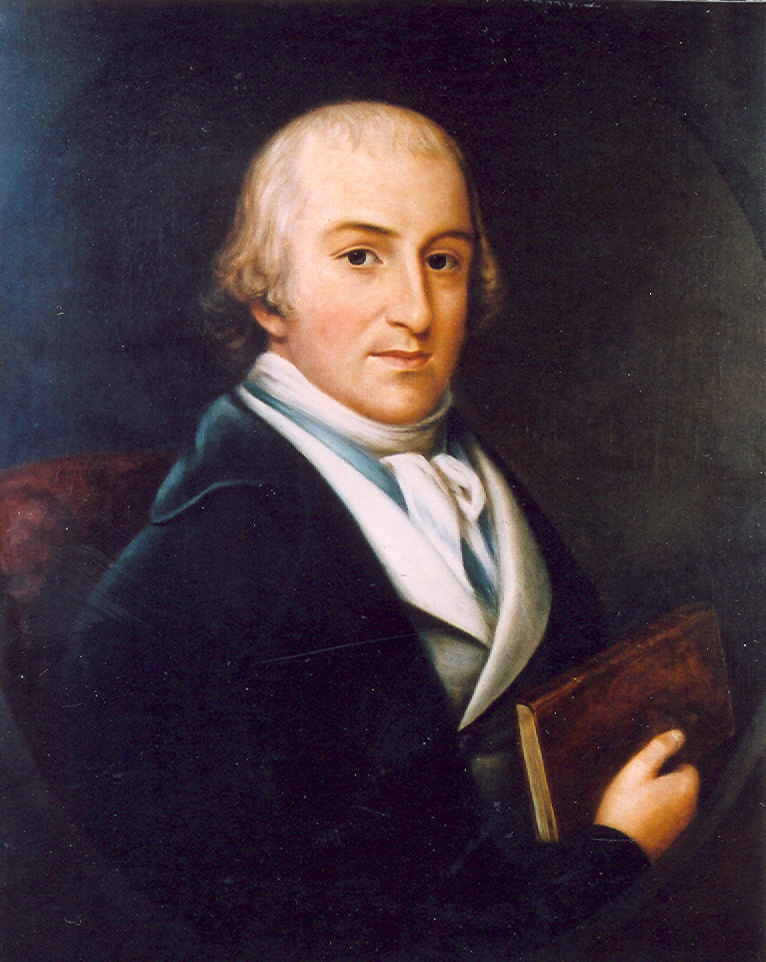
Francis studied law at Exeter College, Oxford, and never married, so he left the estate to his great nephew John Samuel Enys, who married Catherine Gilbert, the daughter of Davies Gilbert in 1834 in Eastbourne.
Davies Gilbert (1767 – 1839)
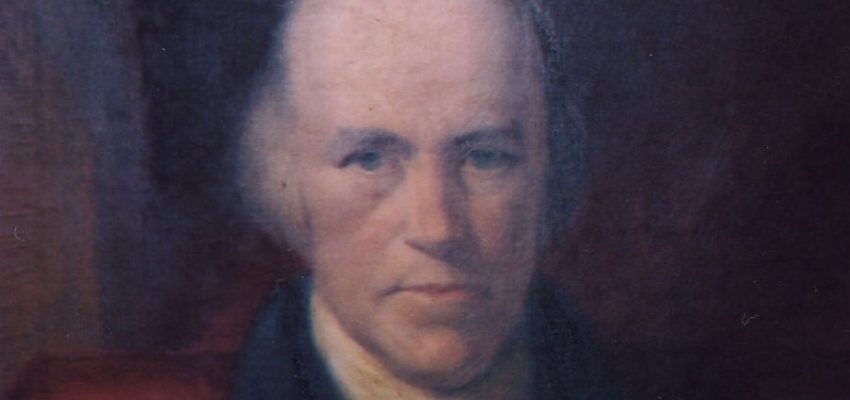
Davies Gilbert was a famous Cornish scientist and politician, a man of wide-ranging talents and distinction in many areas. He was an MP (1804-1832), the President of the Royal Society (1827-1830), an antiquarian and mathematician. His association with the Enys family arose from the marriage of his daughter Catherine to John Samuel Enys. One legacy of his varied activities which may be familiar to many today is the first record of the popular carol The First Nowell! In 1822, he published a volume of Christmas carols from the West Country, with the tunes to which they were sung. A following volume, from 1823, gave the words of many carols, though not the music; it is in this volume that the words of The First Nowell are first seen in print.
John Samuel Enys (1796-1872)
John Samuel held various public offices in Cornwall. At Enys he engaged the architect Henry Harrison to design and build the new house in the 1830s, after the previous Tudor style house burnt down. He continued to improve the gardens over the following decades. He had two daughters and three sons, although only the eldest, Jane Mary Enys married.
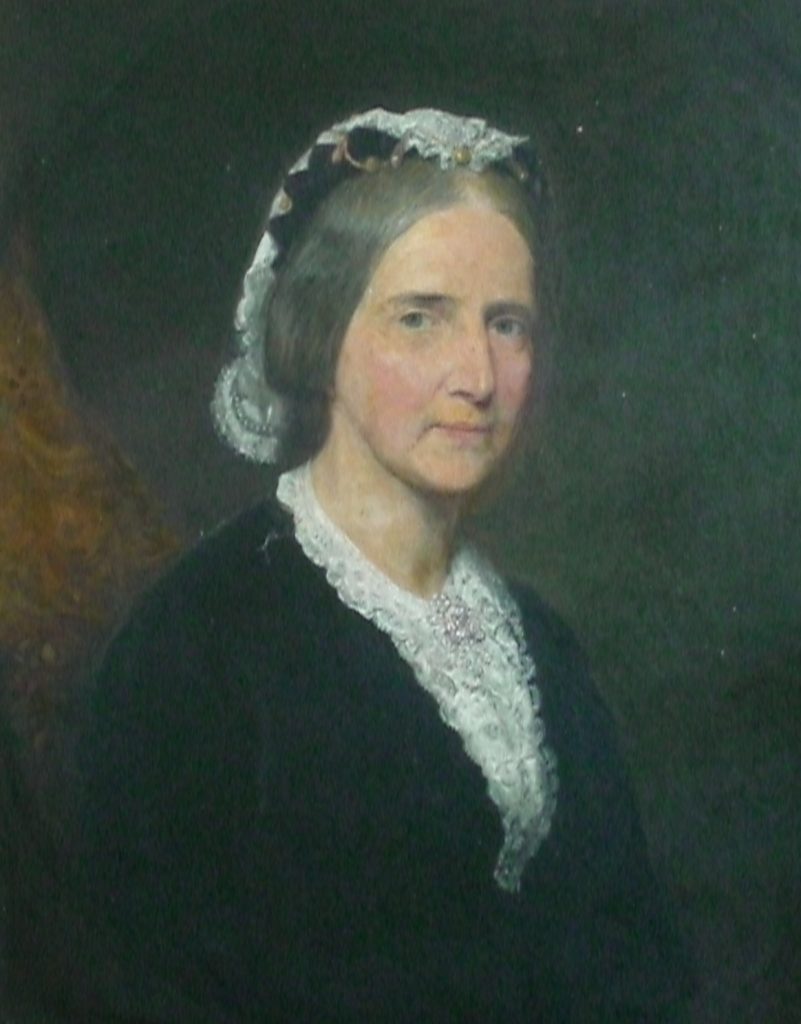
Francis Gilbert Enys (1836-1906)
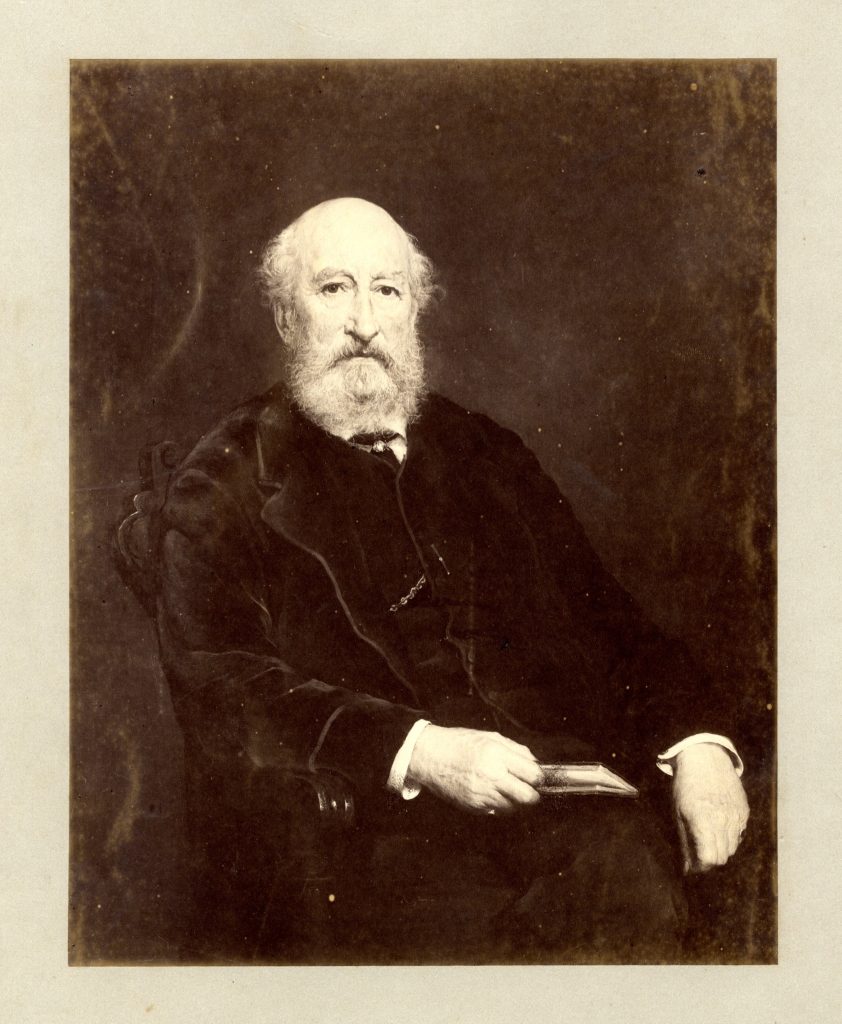
As eldest son, Frank inherited the estate on the death of his father, John Samuel Enys. During his period of ownership, his younger brothers John Davies and Charles were living in New Zealand and sent back many plants to Cornwall to enrich the gardens.
John Davies Enys (1837-1912) and Charles Enys (1840-1891)
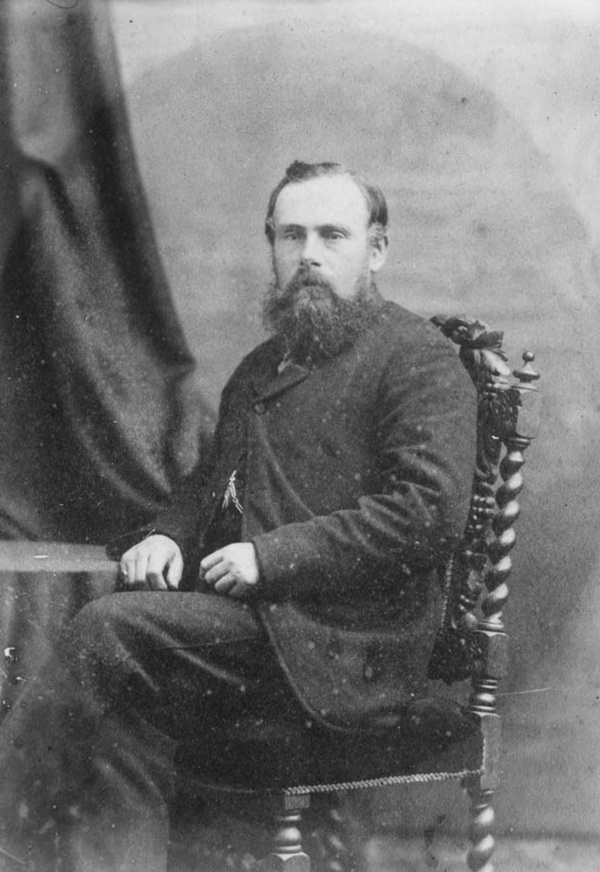
John Davies inherited Enys following the death in 1906 of his older brother Frank, but as was the lot of younger brothers in the nineteenth century, he had to find other occupation in the meantime.
He went out to the South Island of New Zealand with his younger brother Charles in 1864, where they ran the Castle Hill sheep station until 1891. Charles became seriously ill in 1891, whereupon the pair returned to England; Charles died shortly after returning.
John Davies established many New Zealand species in the Gardens at Enys and indulged his interest in plants and geology.
John Davies and his younger brother Charles were diverse and talented individuals: John Davies was a passionate naturalist, and collected many specimens of insects and fossils, including some moa bones; Charles produced beautiful watercolours of the landscape around their sheep station at Castle Hill, near Christchurch. They were held in high regard by their neighbours in New Zealand, and the highest mountain in the Craigieburn Range is named Mt Enys in their honour.
One talent they were short on was an ability to farm, but frequent funding top-ups from home made up for this lack!
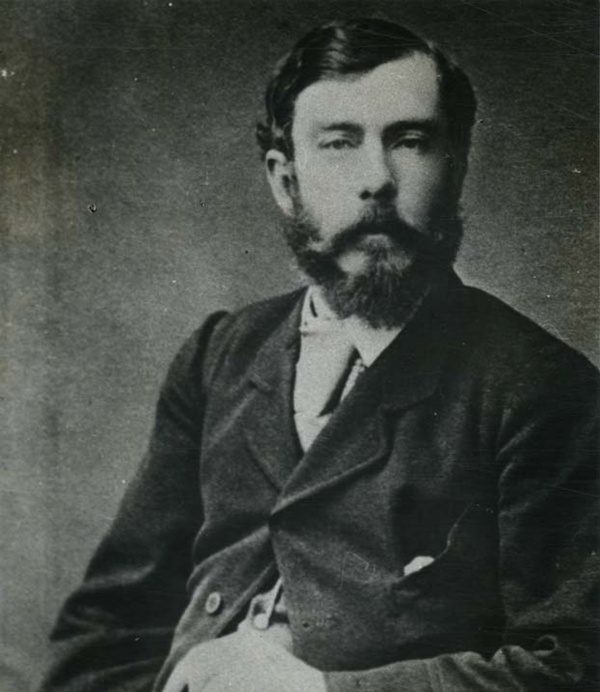
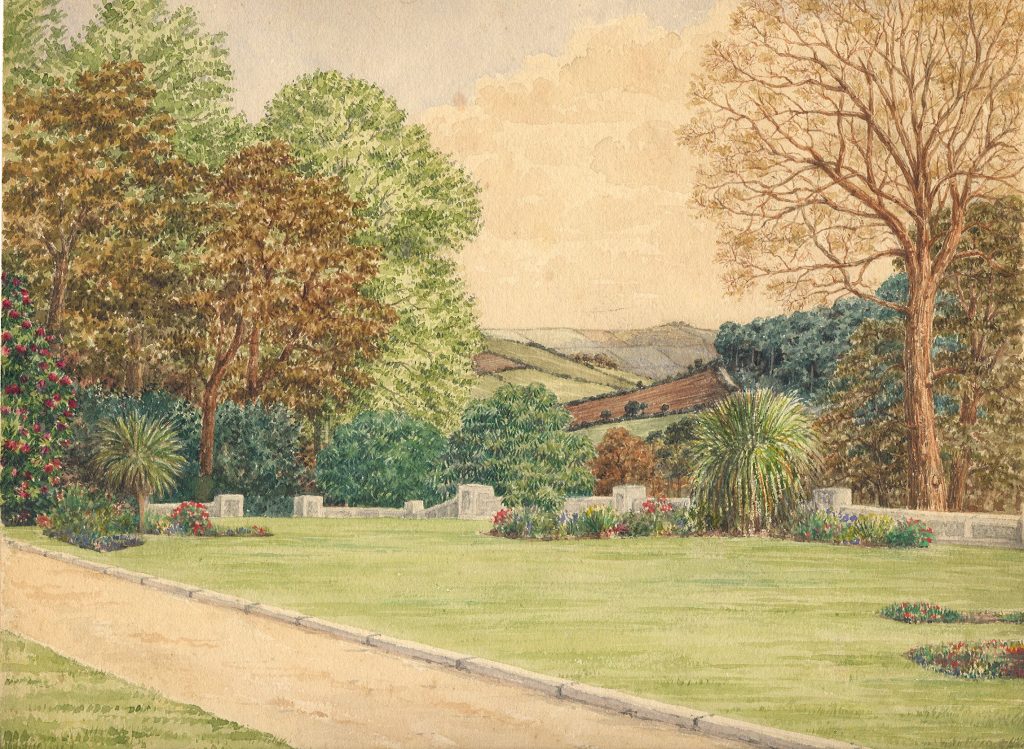
Enys Henry Enys (1861-1939)
Enys Henry Rogers (Harry) was the eldest son of naval officer Henry Rogers and Jane Mary Enys (1835 – 1874) and he inherited the estate on the death of his uncle in 1912 and took the Enys surname. He was an ordained minister of the Church of England and married an American, Sarah Louise Duffus, in 1896. It would appear that he did little to improve or enhance the grounds.

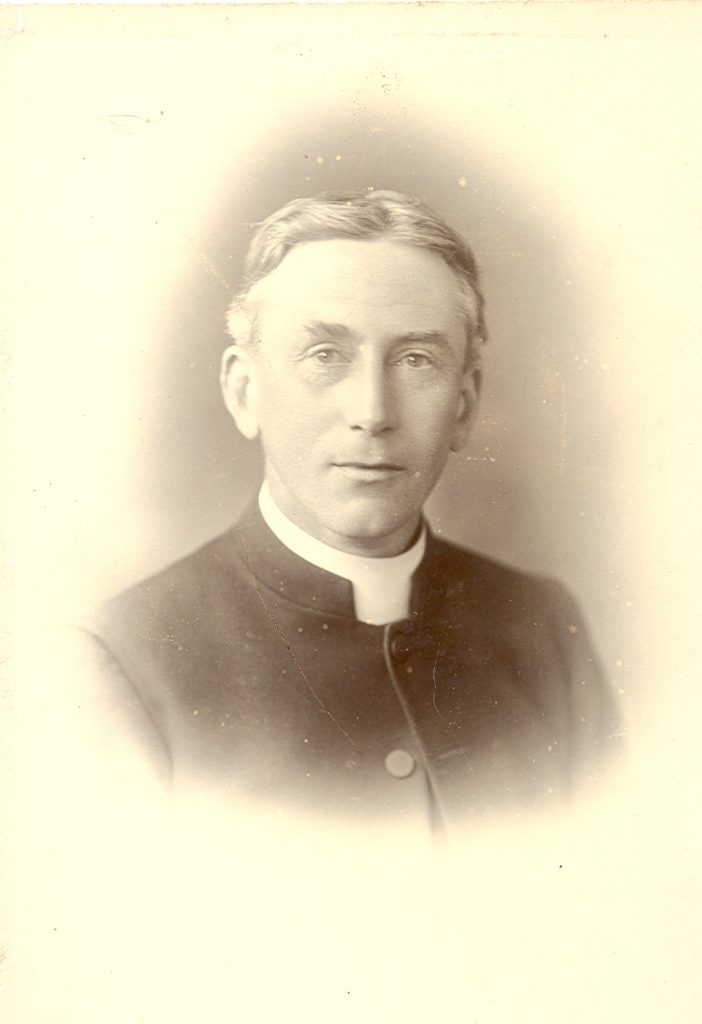
Charles Reginald Saltren Enys (1897-1980)
Saltren, as he was known, was the only son of Harry and Sadie Enys. He was trained to enter the Church, but remained an unordained clerk in holy orders. He was a scholarly and inward man, with a deep love of stamp collecting, as portrayed in this painting of him. For much of the time he owned Enys, his eccentric sister Elizabeth, known as Betty, lived in the Enys Cottages in the grounds, and the Gardens and Mansion fell further into disrepair, much to the dismay of Betty who did all she could to protect Enys.
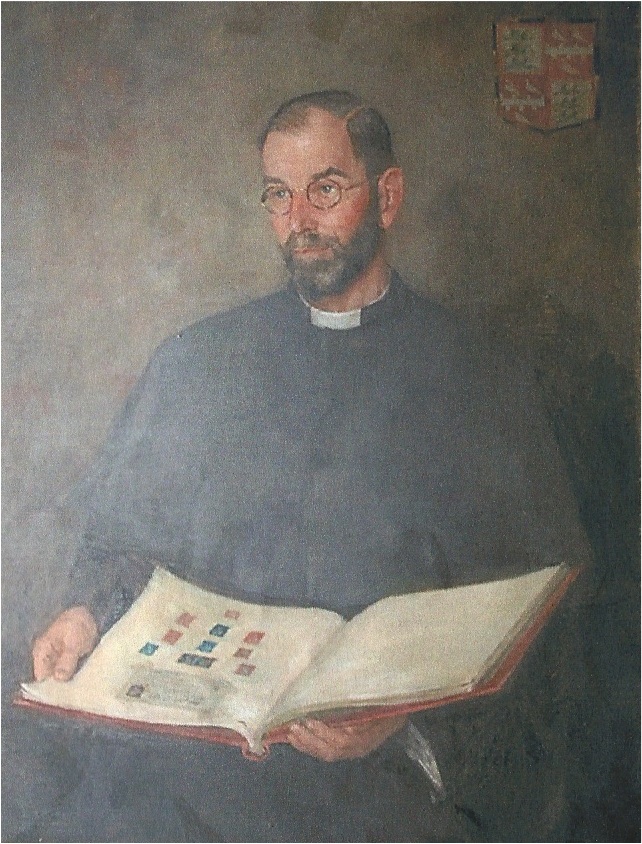
Gordon Leonard Rogers (1916-2006)
In 1980 Professor Gordon Leonard Rogers, a retired optical physicist, inherited the estate. He was the eldest son of the distinguished research doctor Sir Leonard Rogers, who was a brother of Harry Rogers (Enys Henry Enys). About half the Estate had to be sold to pay inheritance tax when Gordon took over, a task which took nine years and left the Estate impoverished. As a result, what little money there was had to be directed to parts of the Estate which were occupied and active, though he maintained the Gardens as funds allowed. Upon his death the Estate passed to his children Wendy Fowler and Chris Rogers, who have been continuing their father’s work of sustaining and improving the Estate.
